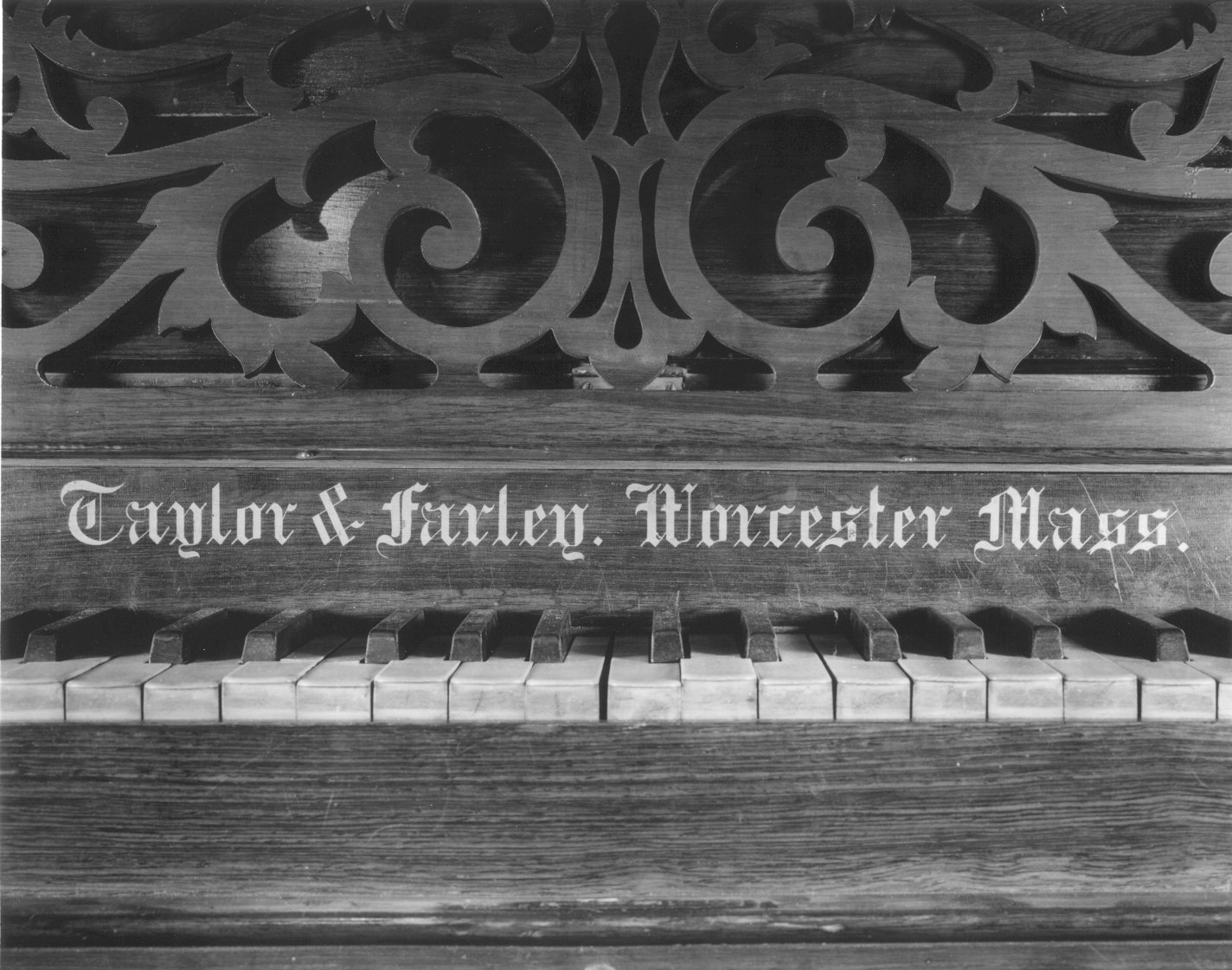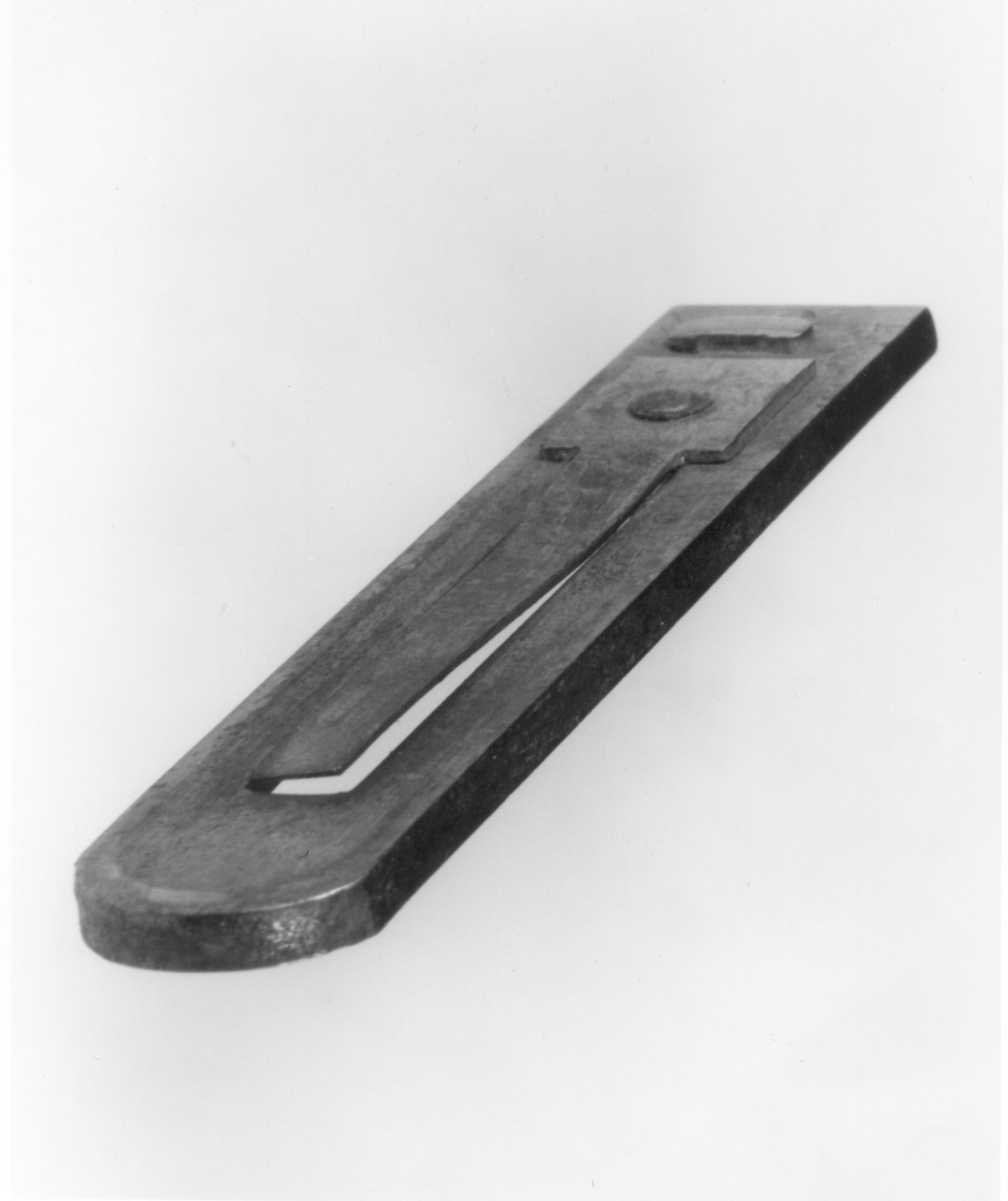Melodeon
Not on view
Simeon Taylor formed a partnership with John A. Farley in Worcester, Massachusetts in 1855 or 1856. Taylor had previously been employed in the piano factory of Deacon Timothy Gilbert. He had an innovative mind and received six organ-related patents dated between 1866 and 1870. Before the partnership began, Farley was a reed maker in Concord, before establishing himself in Worcester. His first position there was working for the woodworker John Pearson, and the tuner, Milton Morse. (American Musical Instruments in The Metropolitan Museum, Laurence Libin, 1985, p. 199).
Technidal description: Rectangular mahogany case on four curved legs with scroll feet, hinged lid with fallboard and scrollwork music stand; round-edged ivory naturals, ebony accidentals, compass FF-f3 (61 keys); hinged casing surrounding keyboard swings up and back; right angled wooden piece on two pegs directly behind keyboard, running length of keyboard and tapering away from the keys toward the upper end of compass, which directs sound outward; bellows behind this, and underneath it the reserve; lyre under instrument with two steel pedals, the right operating the bellows, the left operating a swell shutter through a series of levers to a cloth-hinged wooden shutter underneath the keyboard; brass free reeds beneath keyboard and pallet box with U-shaped holders set ends down; reeds operated by suction.
Due to rights restrictions, this image cannot be enlarged, viewed at full screen, or downloaded.
This artwork is meant to be viewed from right to left. Scroll left to view more.






